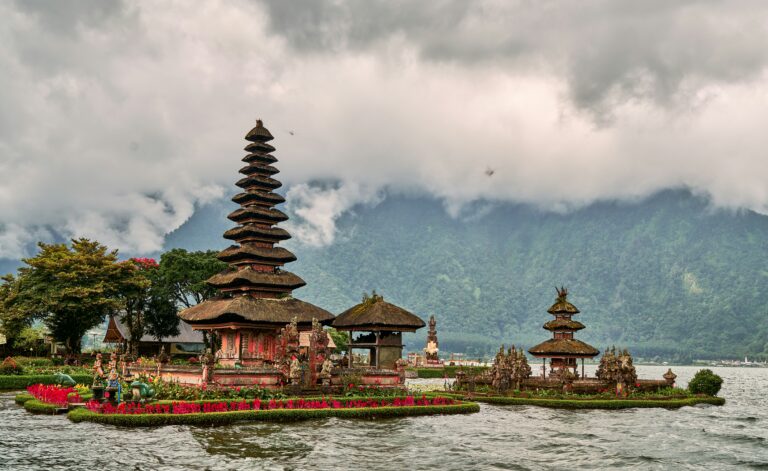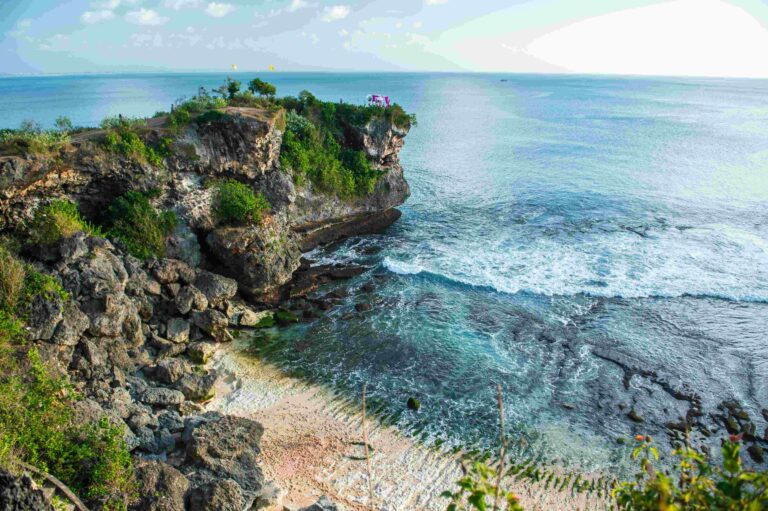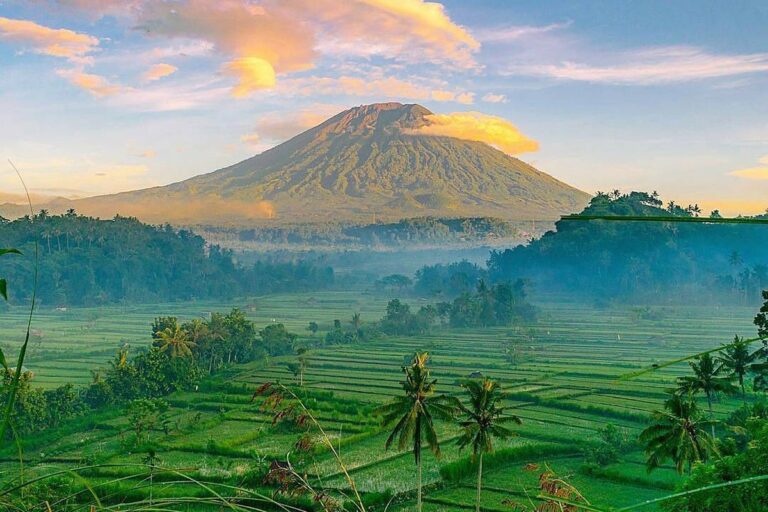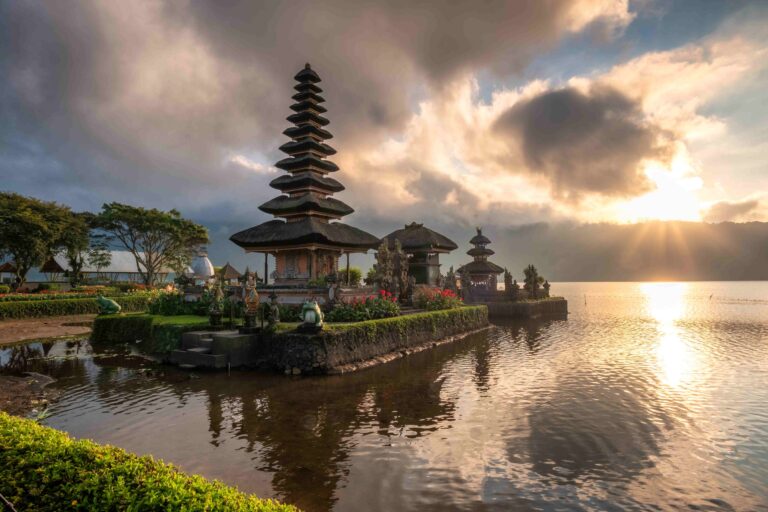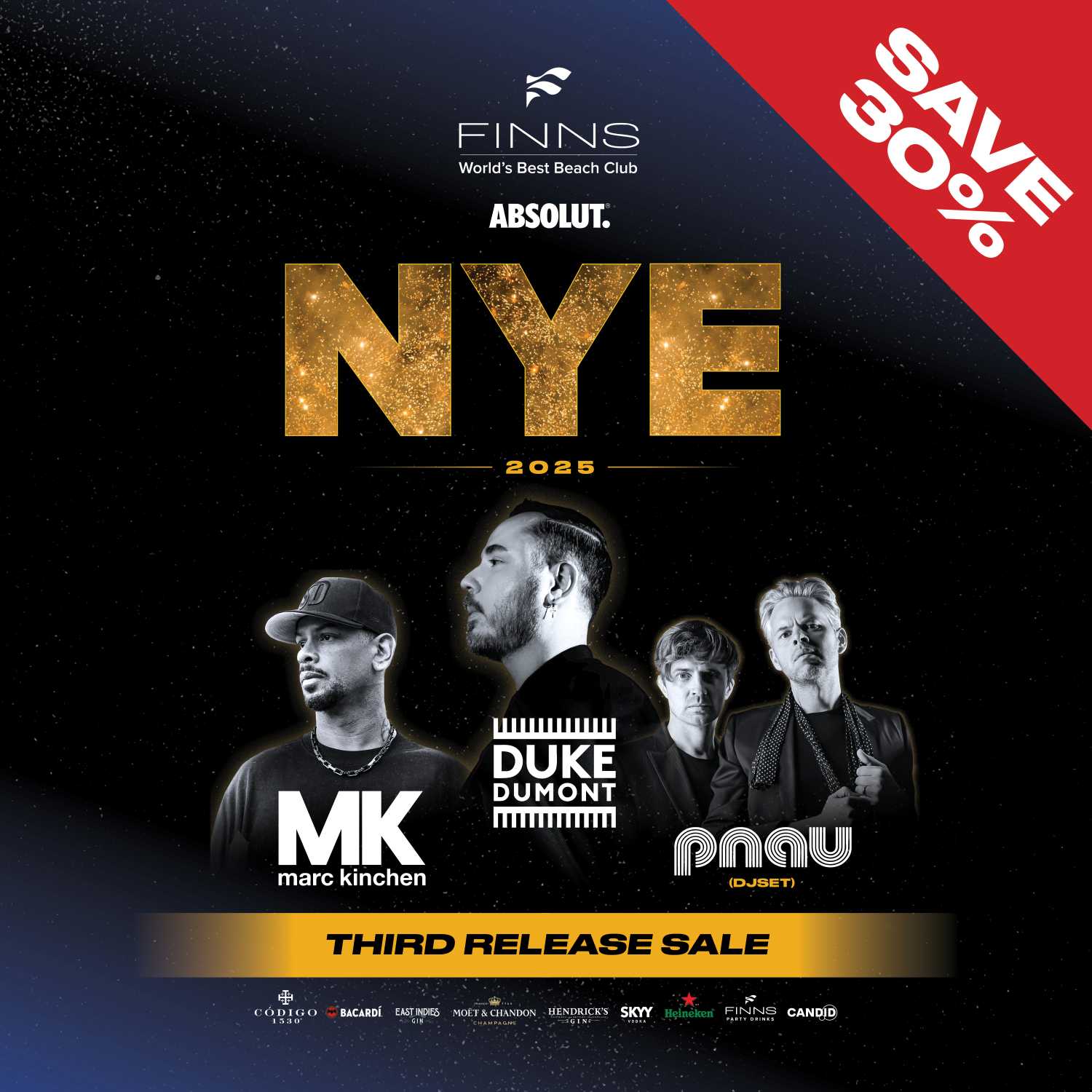In recent times there have been various croc sightings in Bali, and we’re talking about the reptile, not the shoes!
Are you coming to Bali soon and worried about recent sightings of crocodiles on the island?
Well, worry not, although they are present in the region, they’re almost unheard of in Bali, and your chances of bumping into one are near zero.
Here we’ll tell you everything you need to know about these crocodiles and their presence in and around Bali.
About Saltwater Crocodiles
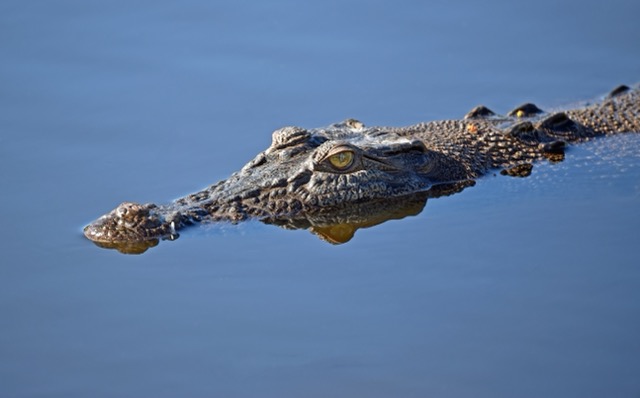
The saltwater crocodile, or estuarine crocodile is the largest living reptile in the world, growing up to 7 metres long. For comparison: the Komodo Dragon, another of the region’s reptiles and probably the most famous species in Indonesia, only grows up to 3 metres!
This species of crocodile, Crocodylus Porosus, loves the salty mangroves which are near the shore. They’re found in areas of India’s east coast, across South East Asia and the Sundaland, down to Northern Australia and Micronesia.
Although extinct in many of its former territories, it is still one of the least threatened species in the world. The exact population in Indonesia is unknown.
History Of Crocodiles In Bali And Indonesia
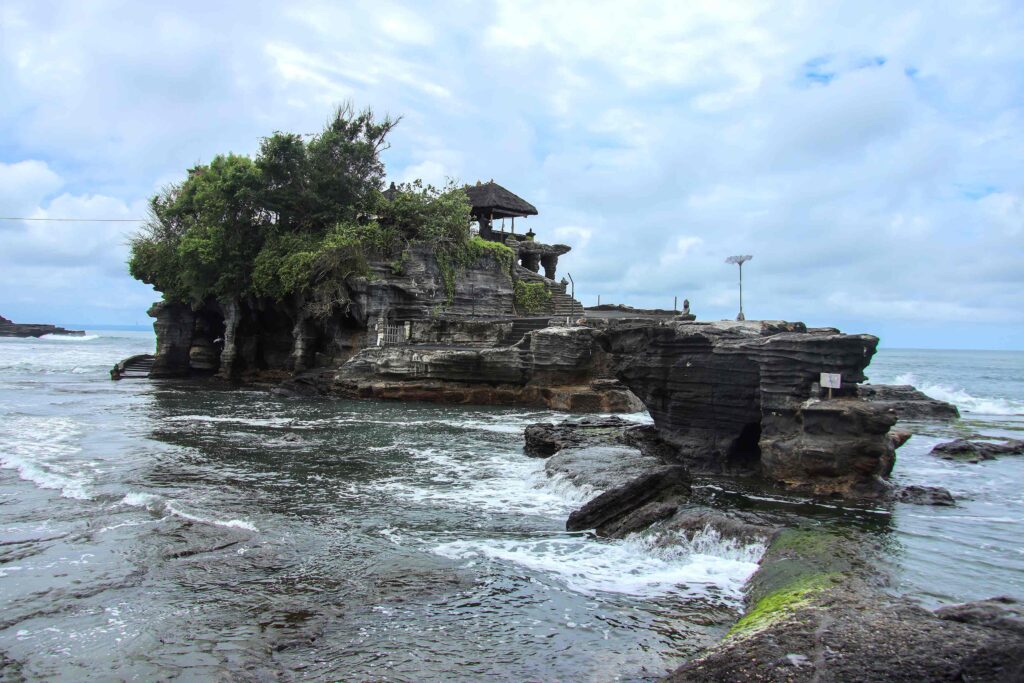
Historically, saltwater crocodiles were present throughout Bali, and nearby Lombok and Java, particularly in the Jakarta River.
Culling at the start of the last century completely wiped them out in Bali and Lombok, and they were extinct in Java by the 1950s.
Since then they have only been found in more remote Indonesian islands, including but not limited to Flores, Lembata, Sumba, East Kalimantan, and Sumatra…until recently.
Recent Saltwater Crocodile Sightings In Bali

Although there have been sightings in Bali, it is extremely rare, and there have only been a handful of confirmed sightings this century:
January 2023 – Padma Beach
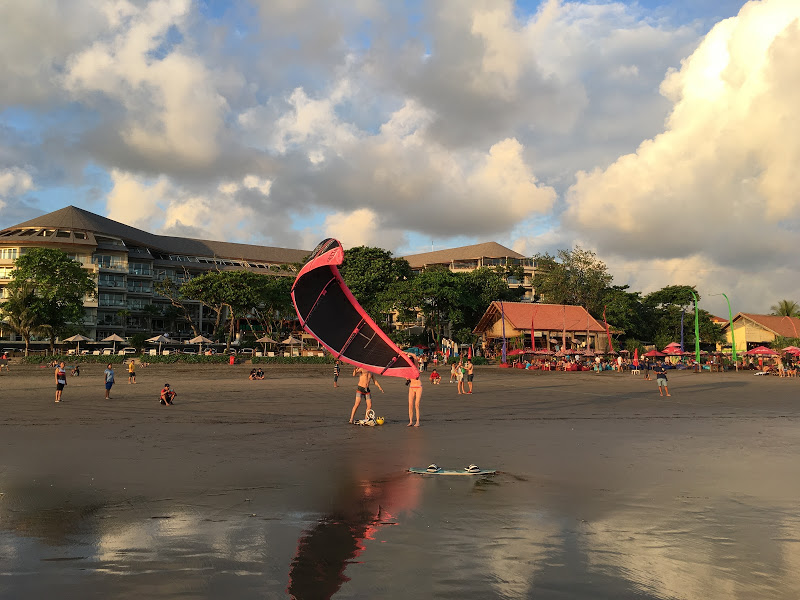
The most recent sighting of a saltwater crocodile in Bali is the most famous by far.
3 pm on Wednesday, January 4, 2023, tourists at Padma Beach, near Legian Beach, were just chilling on the beach like any normal day when suddenly they were shocked to see a three-metre-long saltwater crocodile emerging from the sea.
It was initially spotted along the shoreline by a lifeguard from nearby Legian Beach, who at first thought it was driftwood, but they soon realised this was no driftwood, it was a croc.
The lifeguards, along with local residents, managed to secure the crocodile with ropes and sticks. They restrained the crocodile by tying its limbs and its jaws, before contacting the Bali Natural Resources Conservation Agency (BKSDA) who took it away to a conservation facility in Tabanan.
Unfortunately, the crocodile died shortly after due to stress caused by the whole ordeal.
The BKSDA considered the incident to be highly unusual and officially declared this Bali beach safe for both international and domestic tourists.
Officials have speculated that the crocodile may have originated from the nearby Ngurah Rai Mangrove Conservation Reserve, in the Badung Regency, or that it was an abandoned pet. Either way, a distinct scar on the head matched that of a large crocodile spotted off the shore of Mertasari Beach in Sanur three years earlier.
If this was the same crocodile, where had it been hiding for three years?
June – July 2021 – Sangsang River
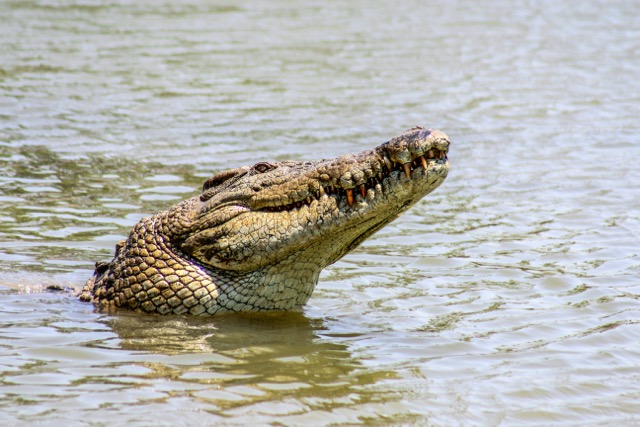
It was a peaceful Tuesday morning in June 2021 when locals from Lebih Village, Gianyar Regency, were fishing along the Sangsang River. Then, to their surprise, along came a two-metre-long crocodile swimming gently down the river.
The locals reported the sighting to the village headmen, who contacted the BKSDA. The BKSDA teamed up with reptile specialists from Bali Safari and Marine Park and attempted to lure the crocodile into a cage using live bait.
The head of the BKSDA admitted this was an unusual task for them as Balinese waters are no longer considered one of the saltwater crocodiles’ natural habitats. Due to the relatively small size of the crocodile, and the location, it was speculated that the crocodile was released deliberately into the river.
The crocodile was captured a few days later, though its fate was never revealed. Subsequently, a few weeks later in July, a one-metre-long female crocodile was found dead in the Sangsang River, tangled up in fishing nets!
2016 – Baby Crocodile
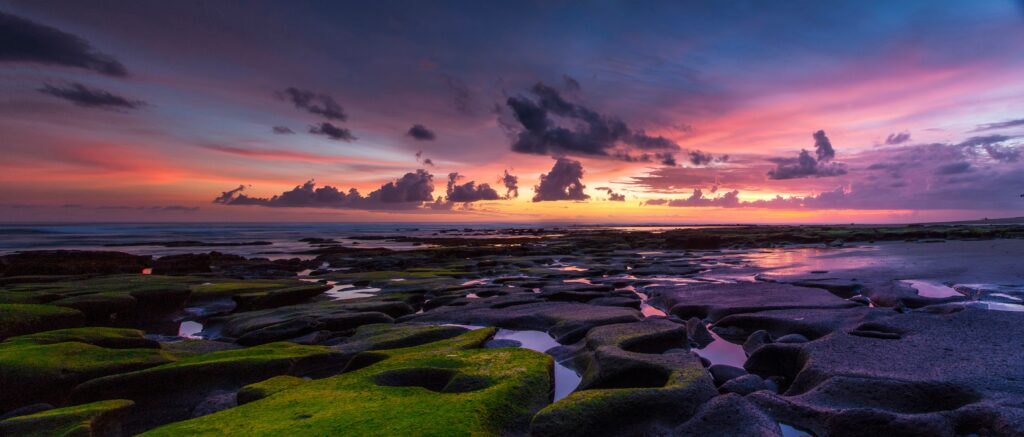
In 2016, a baby crocodile about 60 cm long, approximately 6 months old, was captured in an irrigation canal in Bali’s Jembrana Regency.
There were no other baby crocodiles in the area, and it’s believed that the baby croc was a pet that either escaped captivity or was released into the water.
Croc Sightings Near Bali
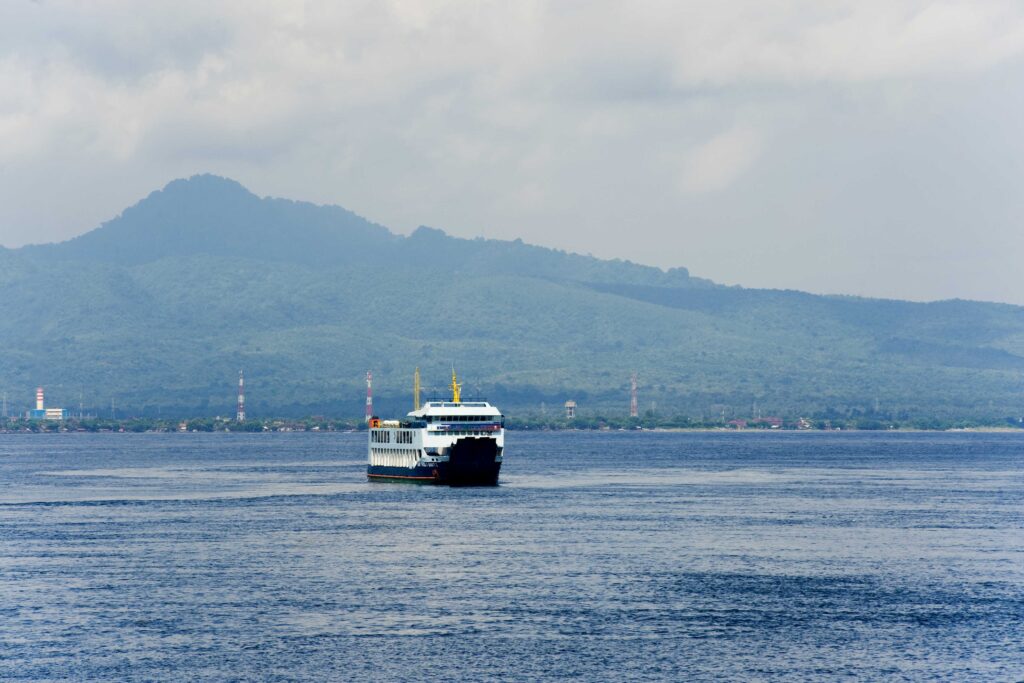
As well as Bali, saltwater crocodiles have been spotted in the neighbouring island of Lombok, most recently in Belongas Bay and Ekas Beach. One was also spotted basking on a fish trap off east Lombok, less than 50 km from the Gili Islands!
Meanwhile, there have been several croc sightings in the sea around Java and on the island of Nusa Kembangan, off the southern coast.
Where Are The Crocodiles Coming From?
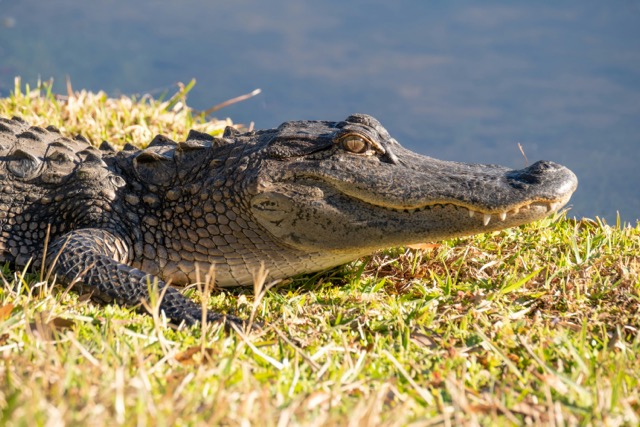
Crocodiles are great at swimming, obviously, but Australia is more than 1000 km away, so any speculation that they’re coming from there is very unfounded.
The crocodiles are most likely coming over from islands to the east of Bali and Lombok: Flores, Lembata, Sumba and Timor (an island shared by Indonesia and East Timor).
Illegal mining has destroyed the natural habitats of the saltwater crocodile (as well as that of other wild animals), pushing them to find new homes, sometimes across the straights to other islands.
The miners only care about money, not the native animals of the land they destroy. Once they’ve stripped the forest, with zero regard for the environment and wildlife, there’s often nowhere left for the crocodiles and other animals.
It’s also possible that some people have bought baby crocodiles as pets on the black market, then released them when they became too big to handle.
Humans were responsible for the demise of the animal, and now for its return.
Crocodile Attacks
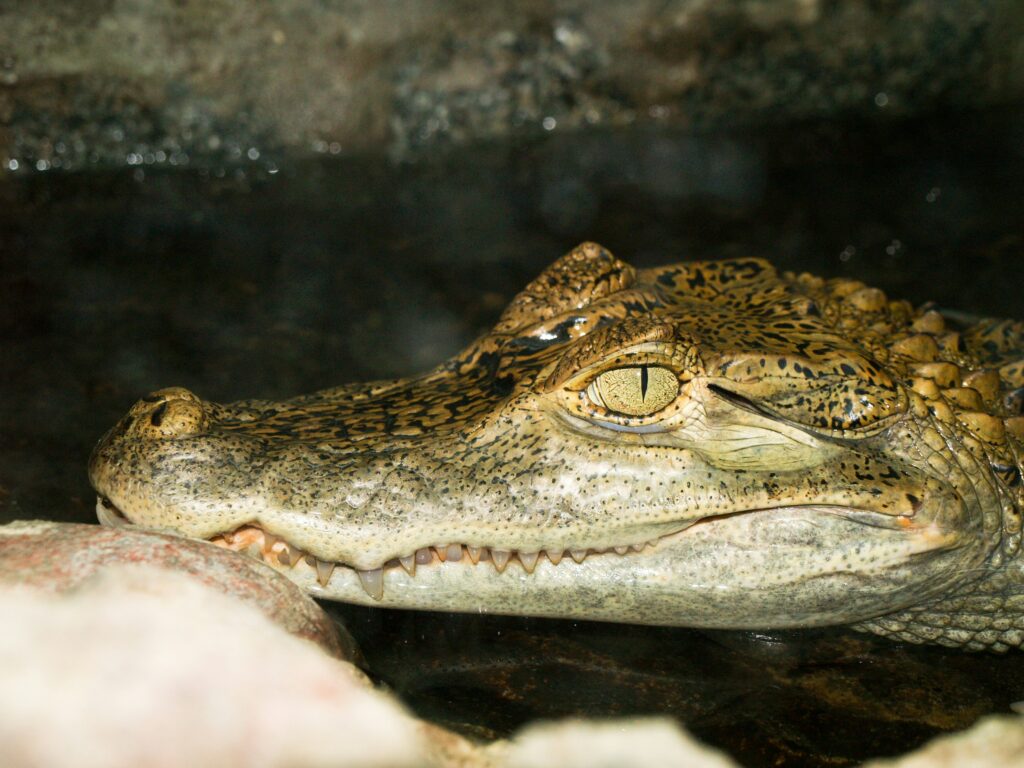
There have been no crocodile attacks in Bali since the turn of last century, over 100 years ago, when they were wiped out on the island, so you do not need to worry.
While Indonesia has the highest incidence of crocodile attacks in the world, most of these happen in places such as East Kalimantan, East Nusa Tenggara, Riau and Sumatra
Although mining has pushed many crocodiles away, some have made homes in the abandoned tin mines. Once the tin ore has been dug out, the resulting craters become filled with water, and many attacks have happened while people swim in these abandoned mines.
FAQs
If I See A Crocodile Should I Stay Calm Or Run For My Life?
If you see a crocodile in the wild, anywhere in the world, the best thing to do is to make visual contact and move away slowly, if it charges at you then yes, run for your life.
I Heard That A Saltwater Crocodile Is Powerful Enough To Kill A Cow, Is This True?
Yes, they can be big and powerful enough to kill large animals like cows and even powerful animals like dogs, but they’re generally less of a threat to humans, who have speed and brain power to their advantage.
Are Bali’s beaches still safe for tourists?
Of course, the beaches here are extremely safe, and as mentioned several times in this article, sightings of crocodiles are extremely rare.
Tourists have nothing to worry about.
I’m Interested In The Local Wildlife, What Reptile Species Are Commonly Found In Bali?
There are several species of snake to be found in Bali, such as the Javan spitting cobra, reticulated python, trimeresurus insularis (tree snake) and the Asian coral snake.
Geckos are common everywhere, and there’s also a group of more than 200 different iguanian lizards.
Large monitor lizards can be seen in the wild, as well as turtles and tortoises.
Final Thoughts On Crocodiles In Bali
The chances of you seeing a crocodile whilst in Bali are pretty low unless you’re at the zoo or crocodile rescue centre!
The chances of being attacked by one are even lower, in fact, unless you are planning to swim alone in an abandoned tin mine in Lembata, then we’d say the chance is zero to none.
The sheer popularity of the island means it’s unlikely that a saltwater crocodile population will ever reestablish here.





